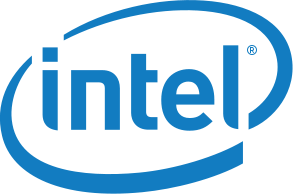Intel has released its 2011 Corporate Responsibility Report, which includes new 2020 environmental goals to drive continuous improvement in the company’s manufacturing operations and the energy efficiency of its products. Intel’s new 2020 environmental goals include:
- Reduce direct greenhouse gas emissions by 10 percent on a per chip basis by 2020 from 2010 levels.
- Design all new buildings to a minimum Leadership in Energy and Environmental Design (LEED) Silver Certification between 2010 and 2020.
- Increase the energy efficiency of notebook computers and data center products 25 times by 2020 from 2010 levels.
- Achieve additional energy savings of 1.4 billion kWh from 2012 to 2015, and publish additional energy conservation targets for 2016–2020 in its 2012 report.
- Reduce water use on a per chip basis below 2010 levels by 2020.
- Achieve zero chemical waste to landfill by 2020.
“At Intel, corporate responsibility is a crucial component to the overall growth of our business,” said Michael Jacobson, Intel’s director of corporate responsibility. “From product to customer to employee to environment, corporate responsibility allows Intel to have a greater and more influential impact on industries, communities and the global economy.”
Intel’s even aims to demonstrate that its microprocessors are validated as conflict-free for tantalum by the end of 2012, and to manufacture the world’s first microprocessor fully validated as conflict-free across all four minerals (gold, tantalum, tin and tungsten) by the end of 2013.



















